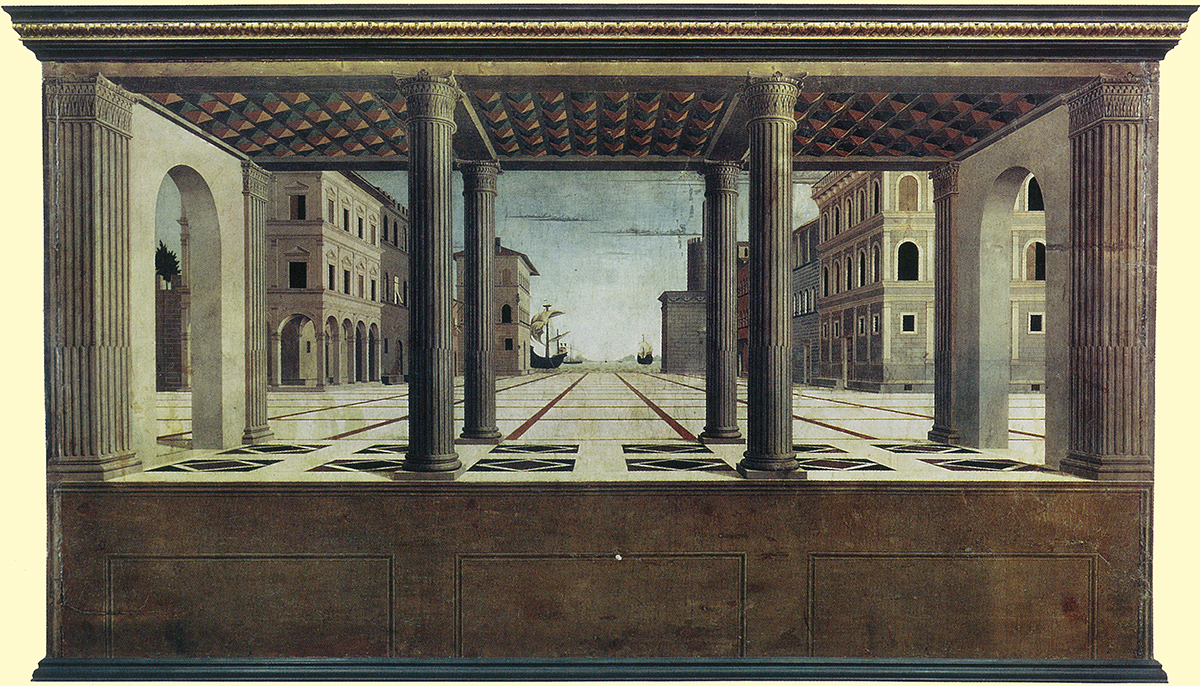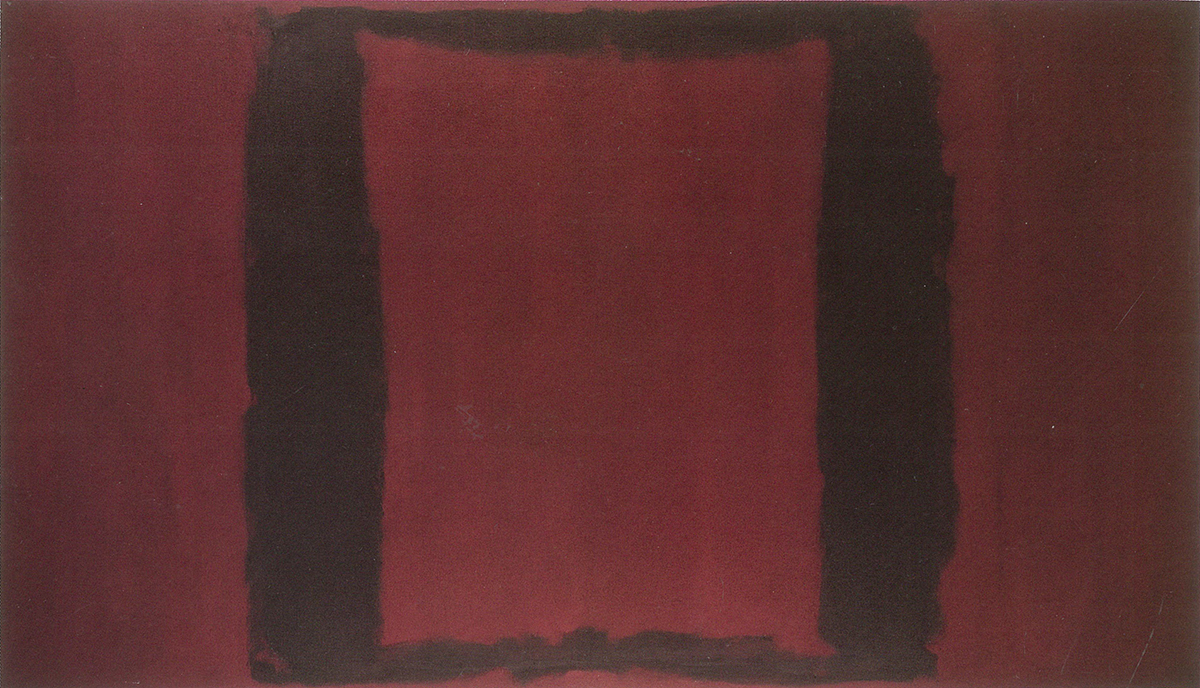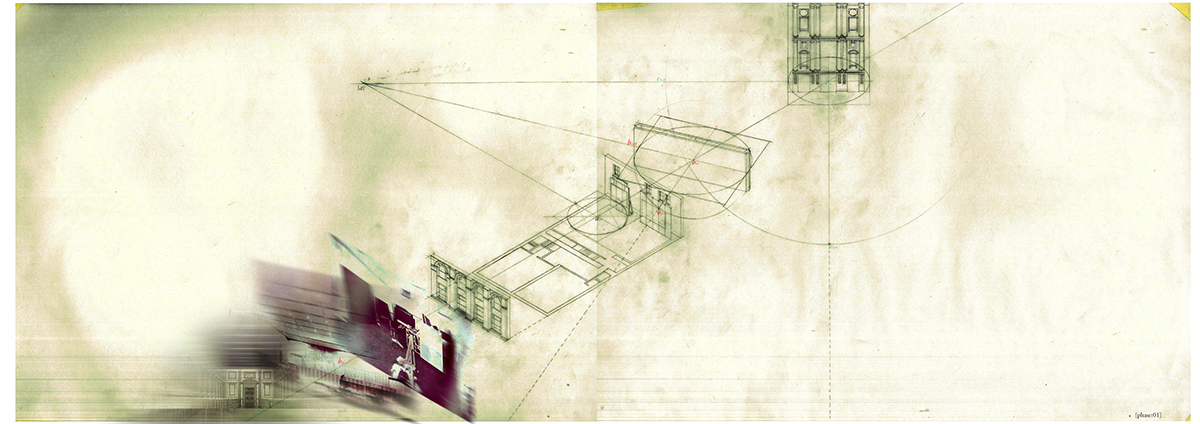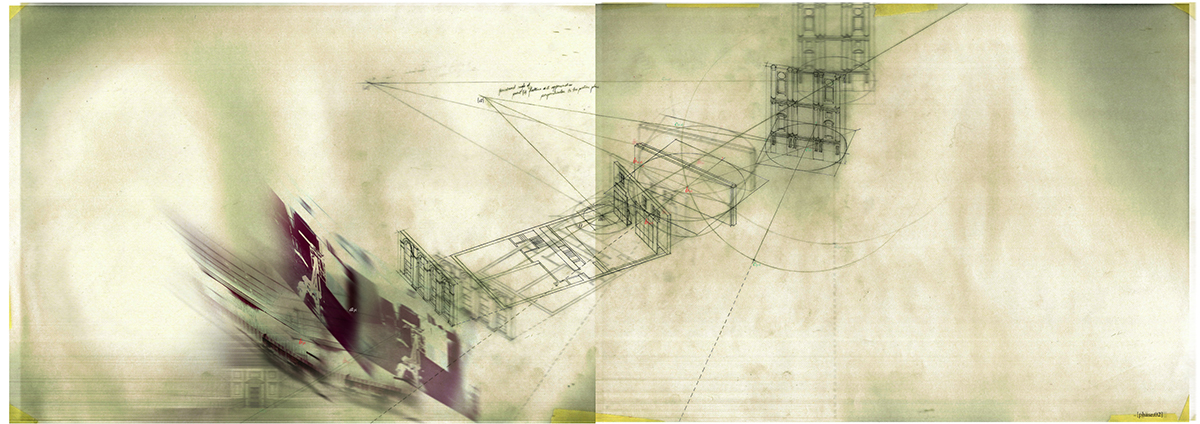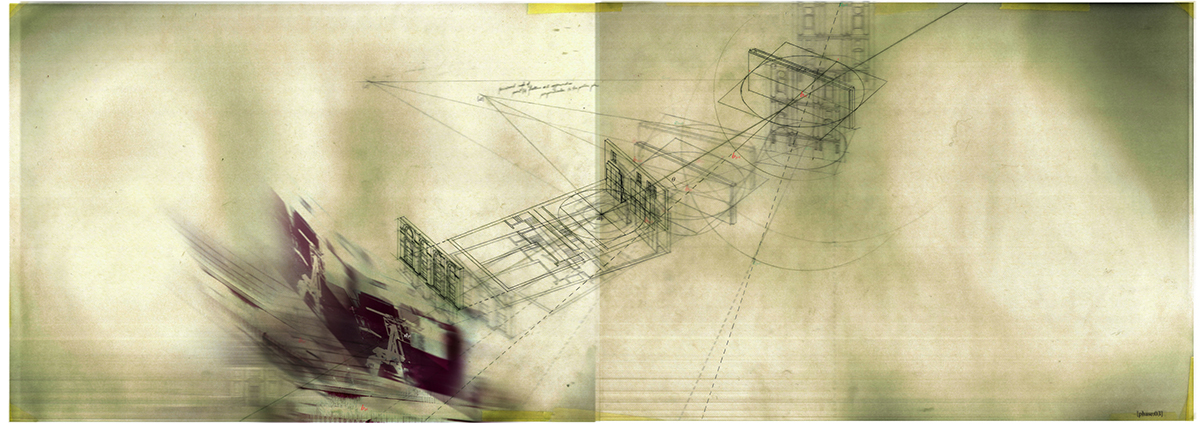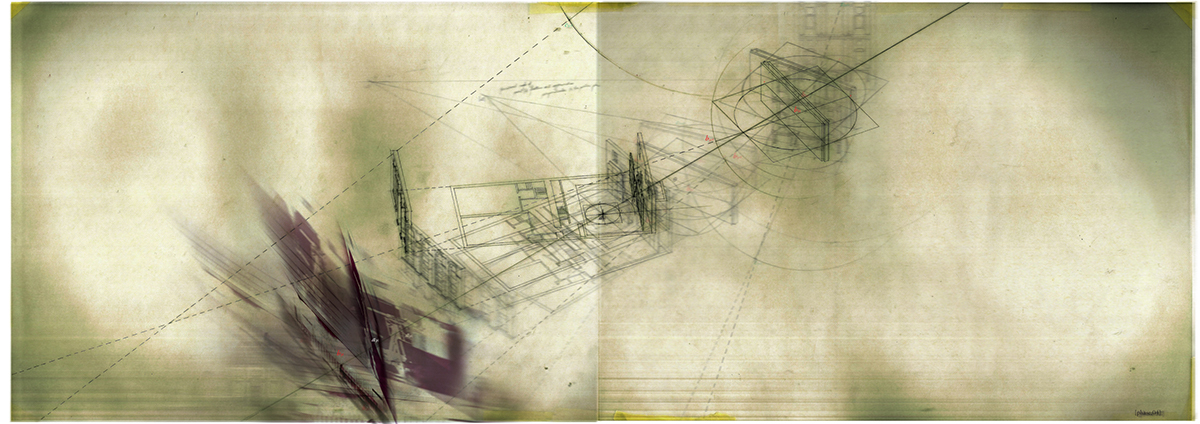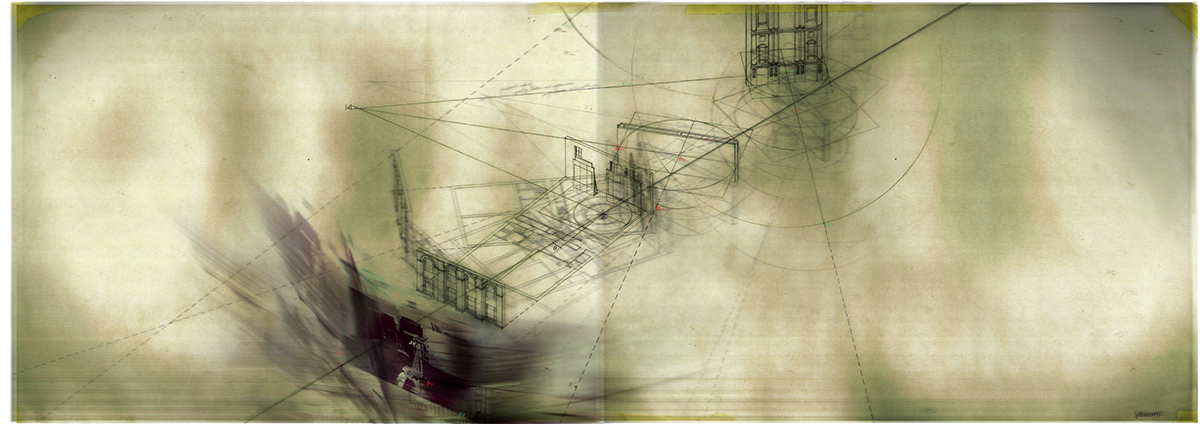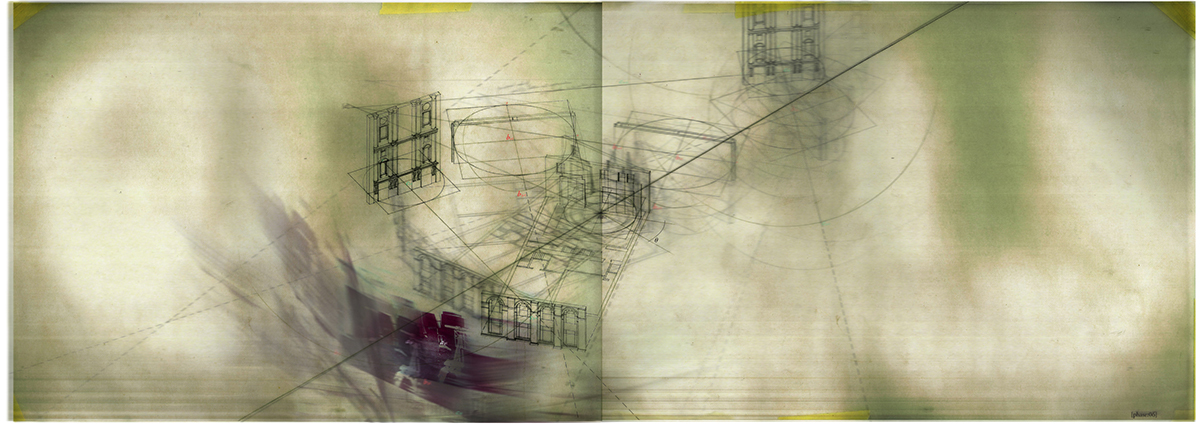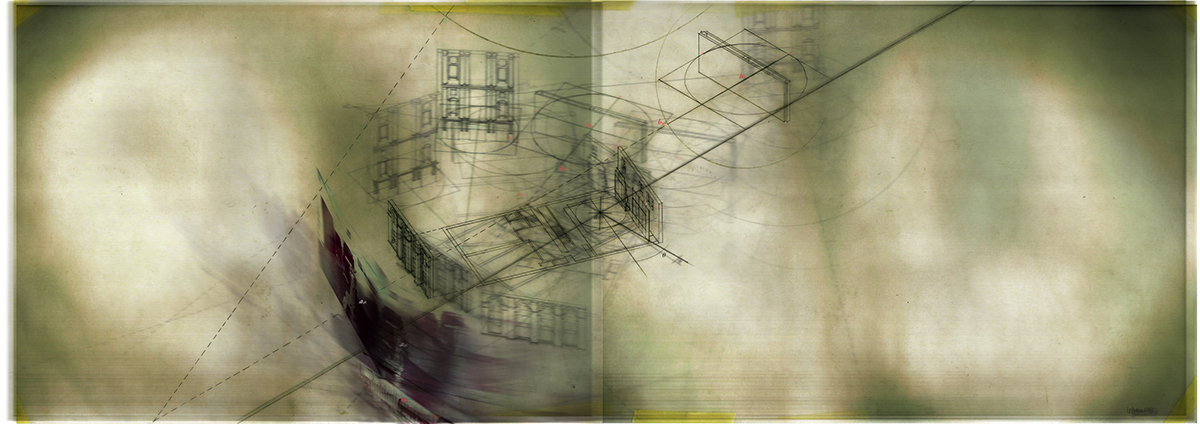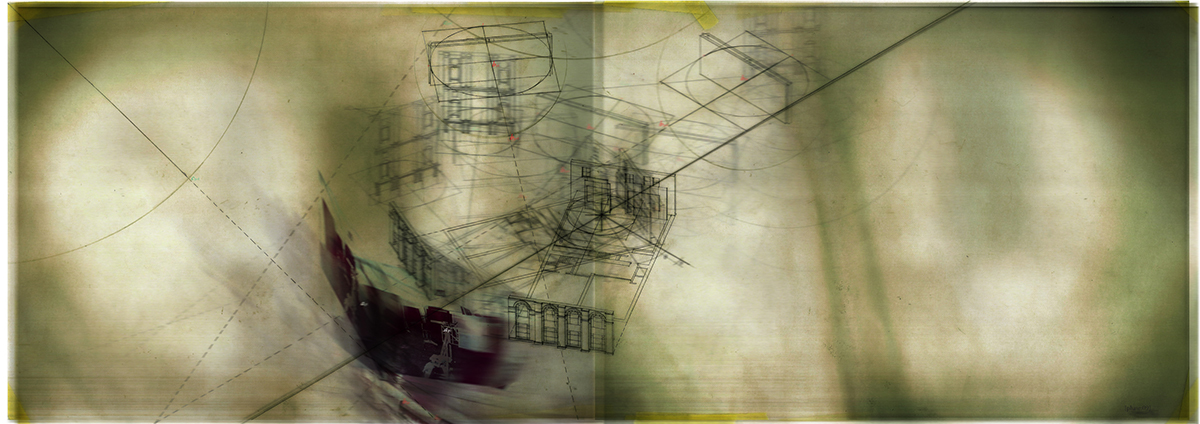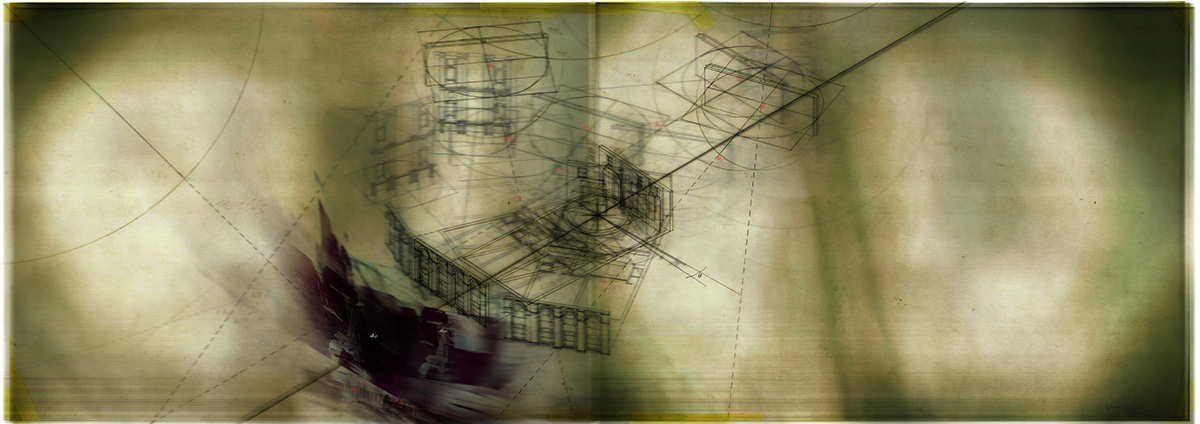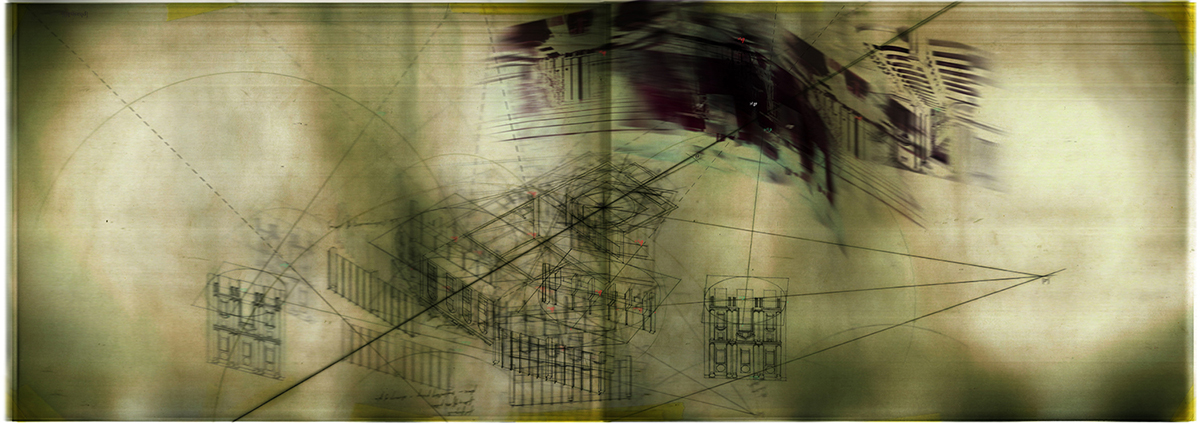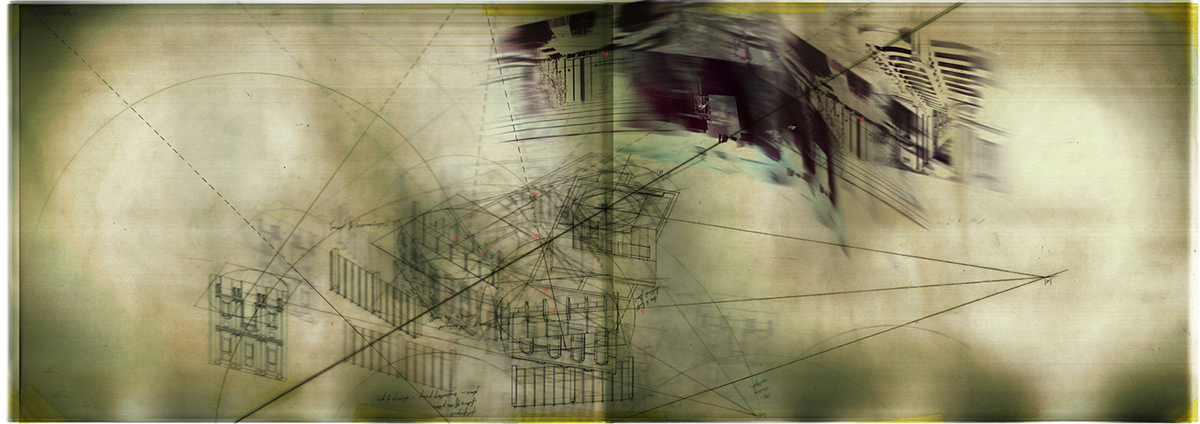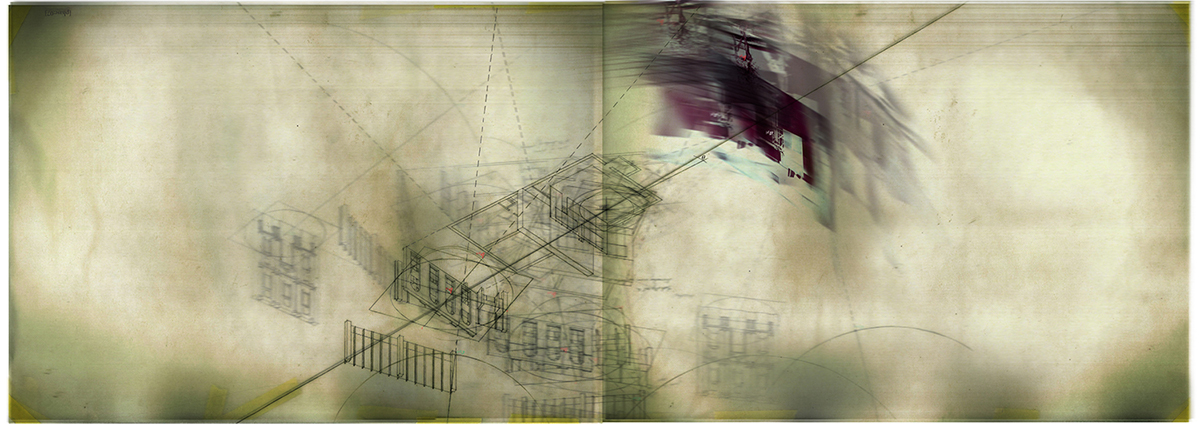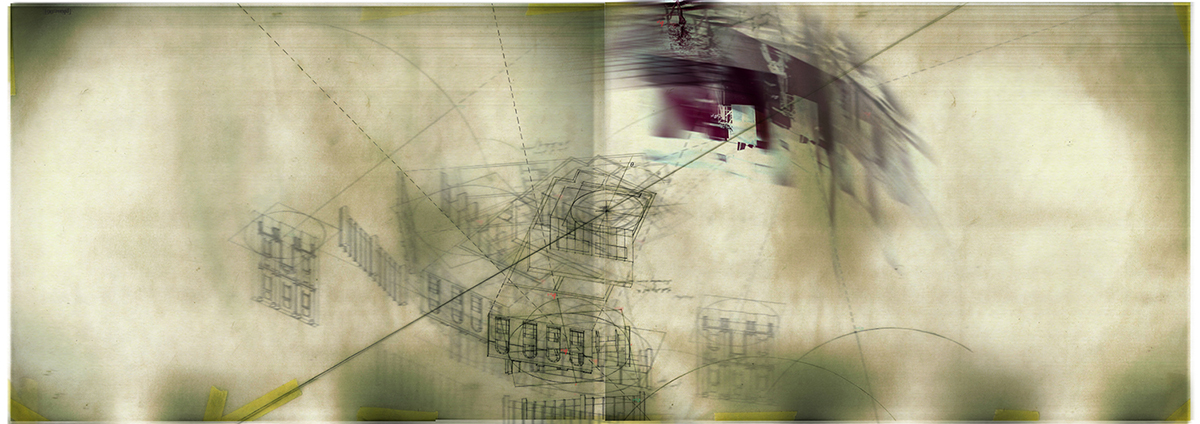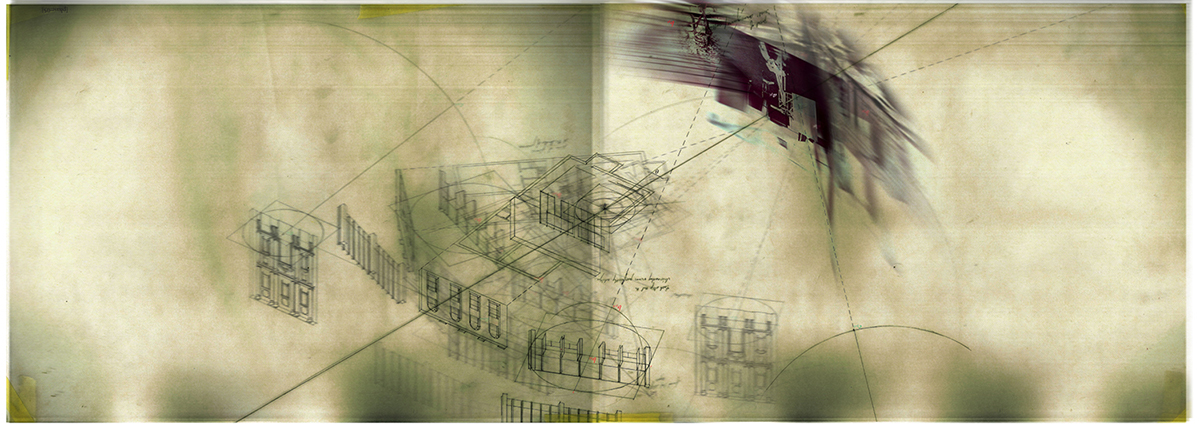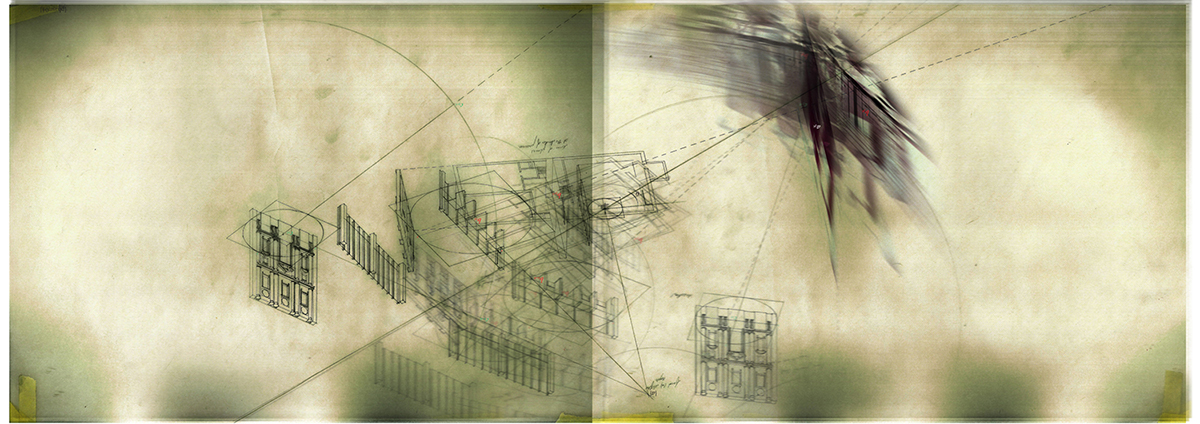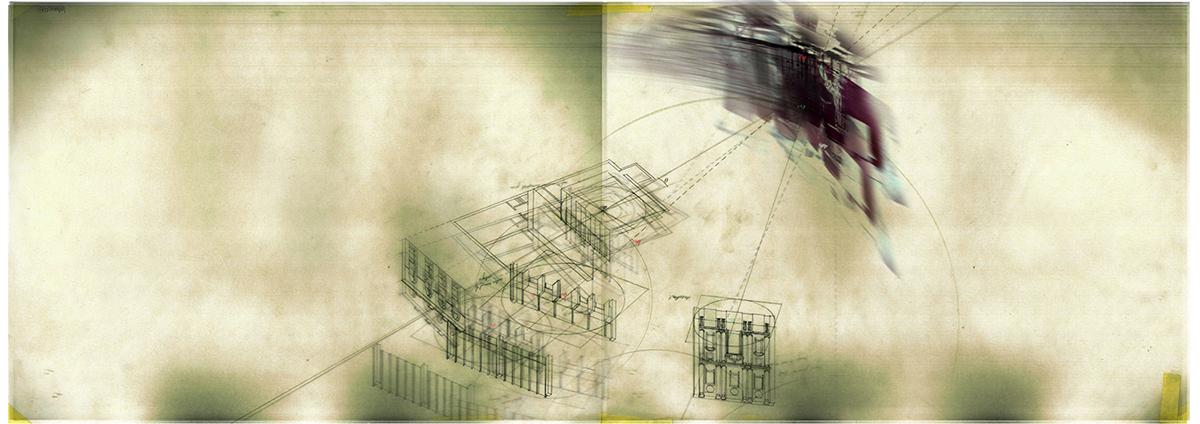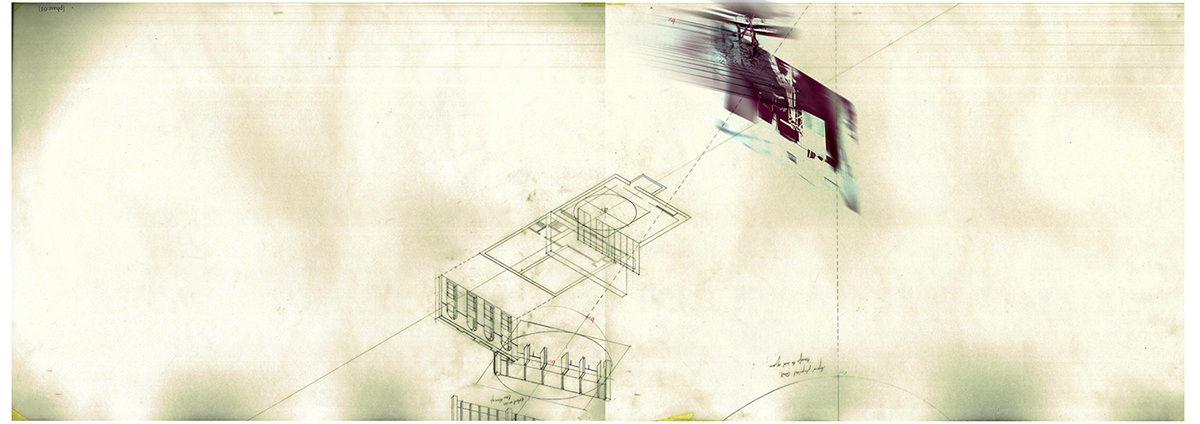House for Rothko:
The idea of architecture, impressed through fields of colour
United States of America
Ricerca
Design
12.2010
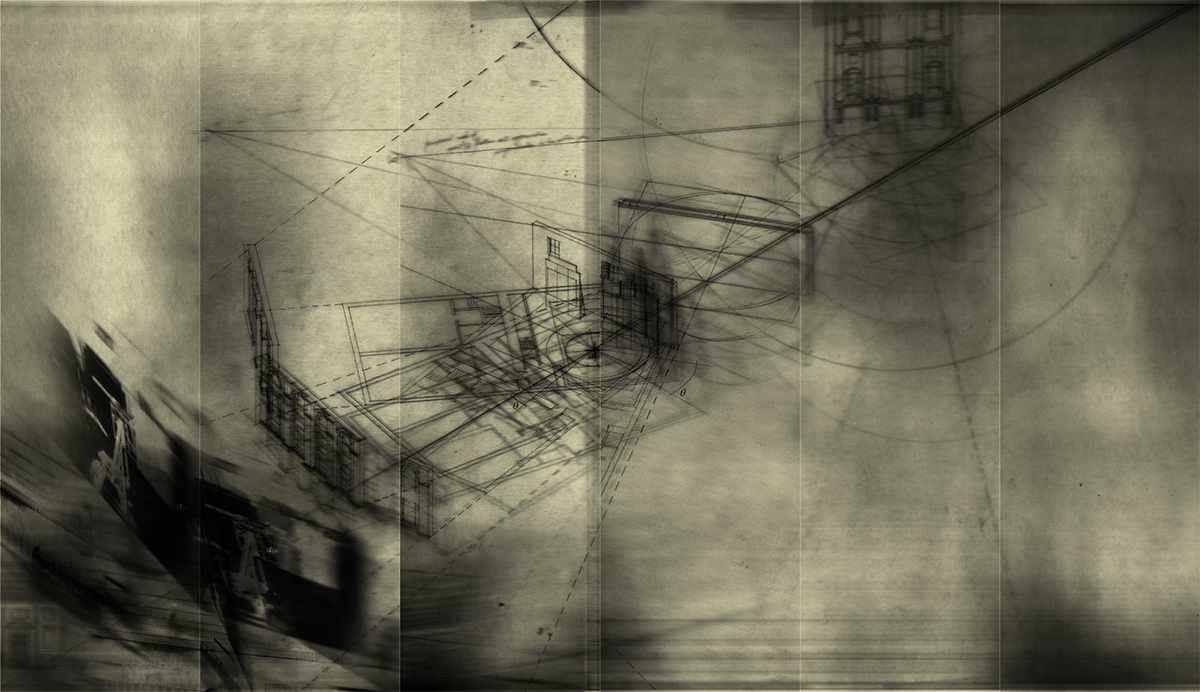
«La progressione dell'opera di un pittore, mentre viaggia nel tempo da un punto all'altro, sarà verso la chiarezza: verso la rimozione di tutti gli ostacoli tra il pittore e l'idea, e tra l'idea e l'osservatore.»
[purtroppo, questo testo è al momento disponibile solo in inglese.]
'The progression of a painter’s work, as it travels in time from point to point, will be toward clarity: toward the removal of all obstacles between the painter and the idea, and between the idea and the observer.'
This thesis, for which I was awarded my Master of Architecture with Distinction, was published in 2011 by the research journal of Rice University in Houston, incidentally the city where the Rothko Chapel — an obviously prominent reference in the work — lies.
It remains the thought content of the occasional long run; its themes still somewhere, always, in the corner of my mind today.
—
Excerpt from the abstract:
This research explores the relationship between architectural space and the abstract expressionist art of Mark Rothko. Rothko’s large format, post-1950’s paintings employing his signature ‘color-field’ style instigated much discourse relating the works to ideas of spatiality: particularly those of atmosphere, emotional intensity, and the abstract presentation of space.
In both the applied aspect of this research by design thesis, and in its conclusion, there is a relationship highlighted between architectural convention (as reproduction,) abstraction, and the immediacy, authenticity or Aura of a spatial encounter. It is concluded that from this singular study of an abstract painter, architects can learn something of the direct exchange or translation between the users of architecture and the transcendental realm of the ideas of architecture or space.
—
Excerpt from the conclusion:
When an architect looks at a plan or section drawing he or she has the capacity to see ‘space’ within it. An aspect of the architect’s training is this ability to ‘manifest’ an imagination of a complete, built space when surveying the drawing in two dimensions. This is a consequence of the specialised nature of the professional discipline of architecture.
For the client or any other lay persons this is not necessarily the case. With assistance from somebody with an architectural mind,
these parties can be shown how architectural conventions such as plan or section relate to the ‘space’ they are desirous of having built. But ordinarily, if they do not have any investment in the project, such drawings are merely codes for the specialised reading of an architect (in design) or a contractor (for construction.)
Mark Rothko removed the mediating function of the object — that is, the step ‘in-between’ the object offered up to his viewer and his ‘idea.’ Rothko understood the ability to manifest space in an experiential, imaginative capacity that (as I have noted) is a characteristic of the architect. However, where architecture is a practice of a specialisation or expertise that can be regarded ‘exclusive,’ Rothko sought to instead to be inclusive. He sought to share this capacity to experience space in its ‘original’ form. He chased the directness in communication between his viewer and space as a transcendental idea.
Architectural convention is a reproduction of architecture that conveys architecture by means other than itself [Colomina, 1989: 8]. Like all reproduction, convention allows a reception of architecture to a wider and greater audience: this is what makes it ‘conventional.’ But to convey an idea ‘by means other than itself’ implies that the convention is not in itself the idea.
Rothko understood this.
The elimination of these obstacles between a viewer and the idea became the concept that drove his entire artistic project, which involved the reduction of rule-based convention to convey an immediate encounter with space.
In this regard the design project becomes an application of the thesis, which in a sense is an echo of Mark Rothko’s thesis. In an abstraction of the architectural convention it offers a direct confrontation with spatiality in Rothko’s sense.
This is in the idea that if space cannot be grasped in the ‘there’ of the contemplated object (the drawing or in his instance, the painting), it can be felt or experienced metaphysicially in the ‘here’ of the space between a viewer and the contemplated object. Where the reproduction fails in its function to allow ‘access’ to space within, then the space without occupies the immediate sensory, experiential, and imaginative capacity of the viewer.
This is the appearance of the ‘Aura’ of the idea of architecture, ‘the unique appearance or semblance of a distance, no matter how close the object might be’ [Benjamin: Costello, 2005: 172]. The success or failure of the project lies in the invocation of this metaphorical distance, despite the tangible closeness of the confronted drawings.
If the thesis has arrived at some form of outwardly-reaching ‘sense,’ my intention is that such sense lies in what is offered by a study of Mark Rothko to the way architects might think about the relationship between their expertise and their ideas. That the expertise of architecture might be exclusive, but the idea of architecture — its metaphysical experience — should include.
